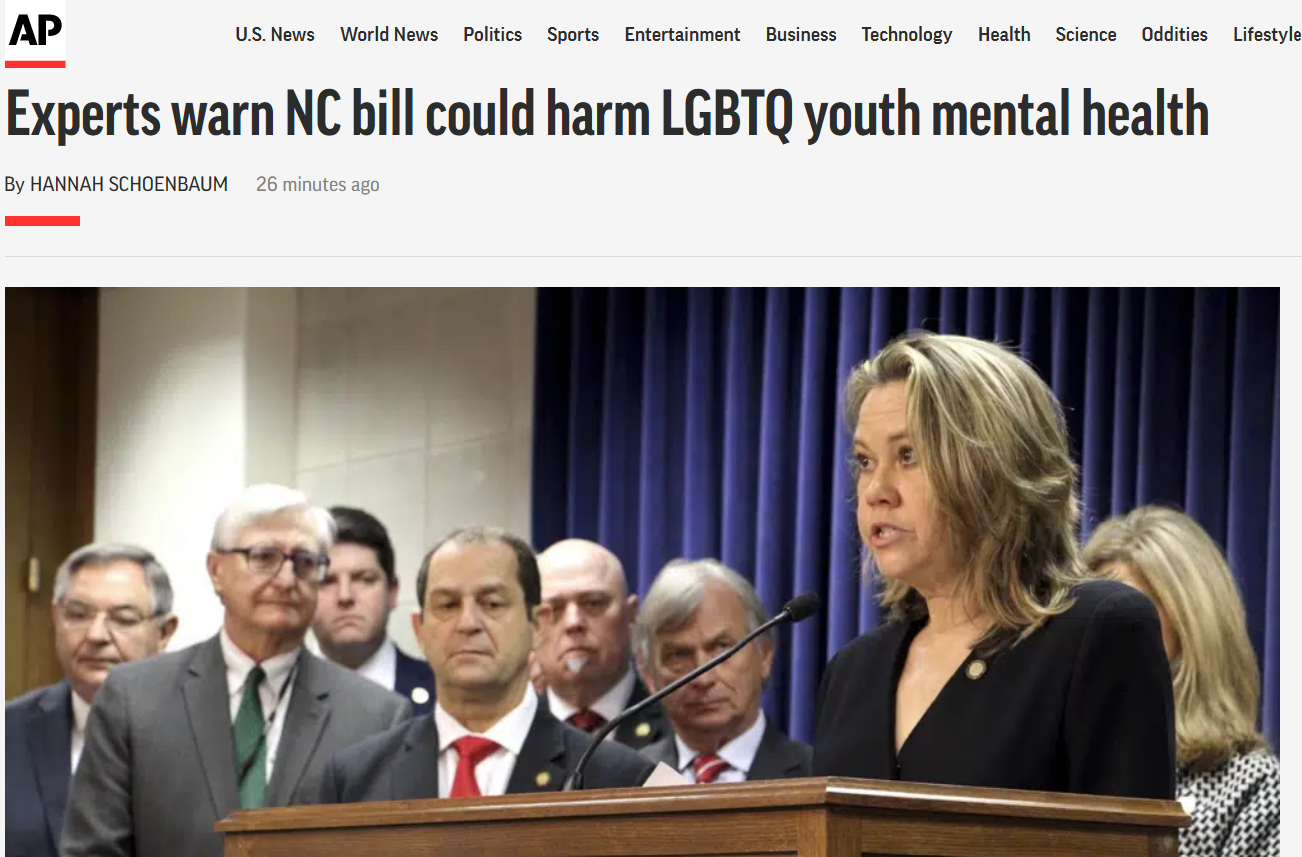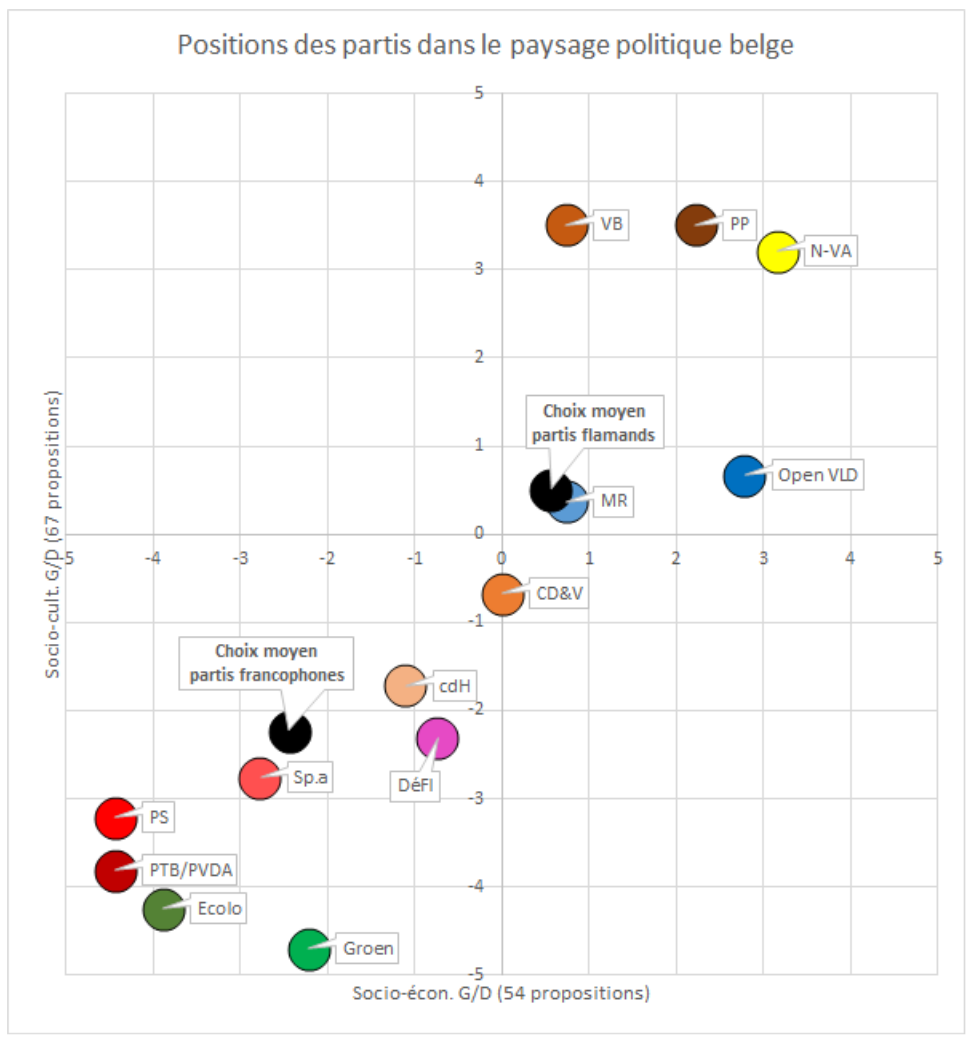Improving Mental Health Literacy Through Education

Table of Contents
Understanding Mental Health Literacy: What Does it Entail?
Defining Mental Health Literacy:
Mental health literacy is the knowledge and understanding of mental health conditions, their causes, and available treatments. It involves recognizing the signs and symptoms of common mental illnesses like anxiety and depression, understanding risk factors, and knowing how to access help. Mental health awareness is a crucial component, alongside a clear understanding of mental illness and the importance of help-seeking behaviors. Being mentally literate empowers individuals to take proactive steps towards their own well-being and that of others.
- Recognizing the signs and symptoms of common mental health conditions: This includes understanding the differences between normal emotional fluctuations and persistent symptoms indicative of a mental health disorder. For example, recognizing persistent sadness, loss of interest, or significant changes in sleep patterns as potential signs of depression.
- Understanding the causes and risk factors of mental health issues: This involves recognizing that mental health issues are complex and often have multiple contributing factors, including genetics, environment, and life experiences. Understanding these factors helps reduce stigma and promotes compassion.
- Knowing available resources and treatment options: This includes awareness of mental health professionals (therapists, psychiatrists), support groups, helplines, and community resources. Knowing where to turn for help is vital in accessing timely and appropriate care.
- Reducing stigma surrounding mental health: Stigma is a major barrier to seeking help. Mental health literacy involves challenging negative stereotypes and promoting open and honest conversations about mental health.
- Promoting help-seeking behaviors: Encouraging individuals to seek professional help when needed is crucial. This involves dispelling myths about mental health treatment and emphasizing the positive impact of early intervention.
The Role of Education in Promoting Mental Health Literacy
Integrating Mental Health Education into Curricula:
Incorporating mental health education into school curriculums at all levels—primary, secondary, and higher education—is paramount. A comprehensive mental health curriculum equips students with the knowledge and skills needed to navigate mental health challenges effectively. Early intervention through school-based interventions is especially critical in preventing the development or worsening of mental health problems.
- Age-appropriate mental health education programs: Curricula must be tailored to different age groups, using appropriate language and teaching methods.
- Teacher training on mental health topics: Educators need to be equipped with the knowledge and resources to effectively teach mental health concepts.
- Peer support programs: Peer-to-peer support can be incredibly effective in reducing stigma and promoting help-seeking.
- Workshops and seminars: Interactive workshops and seminars can provide students with practical skills and strategies for managing their mental health.
Successful programs like the "Heads Up" program in Australia demonstrate the positive impact of well-designed school-based mental health education. These initiatives show improved mental health literacy among students and reduced stigma surrounding mental illness.
Effective Strategies for Delivering Mental Health Education
Utilizing Diverse Educational Methods:
Effective mental health education utilizes a variety of methods to reach diverse audiences. A multi-pronged approach is crucial for maximum impact.
- Interactive workshops and seminars: Engaging workshops and seminars allow for interactive learning and discussion.
- Online resources and educational materials: Websites, videos, and mobile apps offer accessible and convenient ways to learn about mental health.
- Public awareness campaigns: Large-scale public awareness campaigns can raise awareness about mental health issues and destigmatize seeking help.
- Community-based education programs: Community-based programs can reach specific populations and tailor education to their unique needs.
The success of each method depends on its accessibility, engagement level, and cultural relevance. A combination of these approaches ensures broad reach and effectiveness.
Addressing Stigma and Promoting Help-Seeking Behaviors
The Impact of Stigma:
The stigma surrounding mental health significantly impacts help-seeking behaviors. Fear of judgment, discrimination, and social isolation prevents many individuals from seeking the help they need.
- Strategies to challenge stigma and misconceptions about mental health: This involves promoting accurate information, sharing personal stories of recovery, and highlighting the normality of experiencing mental health challenges.
- Promoting open conversations about mental health: Creating safe spaces for open and honest conversations about mental health helps to normalize the experience and reduce stigma.
- Highlighting positive role models and success stories of mental health recovery: Showcasing positive examples of recovery inspires hope and encourages help-seeking.
Statistics show a clear correlation between stigma and delayed or forgone treatment, leading to poorer mental health outcomes. Addressing stigma is therefore critical to improving mental health literacy.
Conclusion
Improving mental health literacy through education is vital for creating a more understanding and supportive society. By integrating mental health education into curricula, utilizing diverse teaching methods, and actively addressing stigma, we can empower individuals to take charge of their mental well-being. The key takeaways are the importance of mental health awareness, the need for comprehensive education programs, the effectiveness of diverse educational strategies, and the critical role of combating stigma to promote help-seeking behaviors. Let's work together to improve mental health literacy through education, fostering a more understanding and supportive society. Learn more about mental health resources and how you can contribute to this crucial initiative today!

Featured Posts
-
 Why Arent Nick Robinson And Emma Barnett Hosting Together On Radio 4
May 02, 2025
Why Arent Nick Robinson And Emma Barnett Hosting Together On Radio 4
May 02, 2025 -
 Kshmyr Bhart Ke Lye Tyn Jngwn Ke Bed Bhy Ntyjh Khyz Mdhakrat Ky Rah Mshkl Kywn
May 02, 2025
Kshmyr Bhart Ke Lye Tyn Jngwn Ke Bed Bhy Ntyjh Khyz Mdhakrat Ky Rah Mshkl Kywn
May 02, 2025 -
 When Is Sabrina Carpenter Coming To Fortnite Date And Time Confirmed
May 02, 2025
When Is Sabrina Carpenter Coming To Fortnite Date And Time Confirmed
May 02, 2025 -
 Enhancements To The Fortnite Item Shop A New Feature For Players
May 02, 2025
Enhancements To The Fortnite Item Shop A New Feature For Players
May 02, 2025 -
 January 6th Witness Cassidy Hutchinson To Publish Memoir This Fall
May 02, 2025
January 6th Witness Cassidy Hutchinson To Publish Memoir This Fall
May 02, 2025
Latest Posts
-
 Reactions Des Partis Algeriens Pt Ffs Rcd Jil Jadid A La Reforme De La Loi
May 03, 2025
Reactions Des Partis Algeriens Pt Ffs Rcd Jil Jadid A La Reforme De La Loi
May 03, 2025 -
 Farage Denies Far Right Claims Amidst Union Confrontation
May 03, 2025
Farage Denies Far Right Claims Amidst Union Confrontation
May 03, 2025 -
 La Nouvelle Loi Sur Les Partis Algeriens Impact Sur Le Pt Le Ffs Le Rcd Et Jil Jadid
May 03, 2025
La Nouvelle Loi Sur Les Partis Algeriens Impact Sur Le Pt Le Ffs Le Rcd Et Jil Jadid
May 03, 2025 -
 Teaching Union Condemns Farages Alleged Far Right Links
May 03, 2025
Teaching Union Condemns Farages Alleged Far Right Links
May 03, 2025 -
 Reforme Des Partis Politiques En Algerie Positions Du Pt Ffs Rcd Et Jil Jadid
May 03, 2025
Reforme Des Partis Politiques En Algerie Positions Du Pt Ffs Rcd Et Jil Jadid
May 03, 2025
